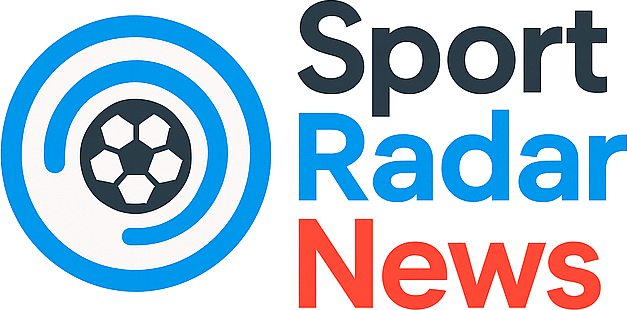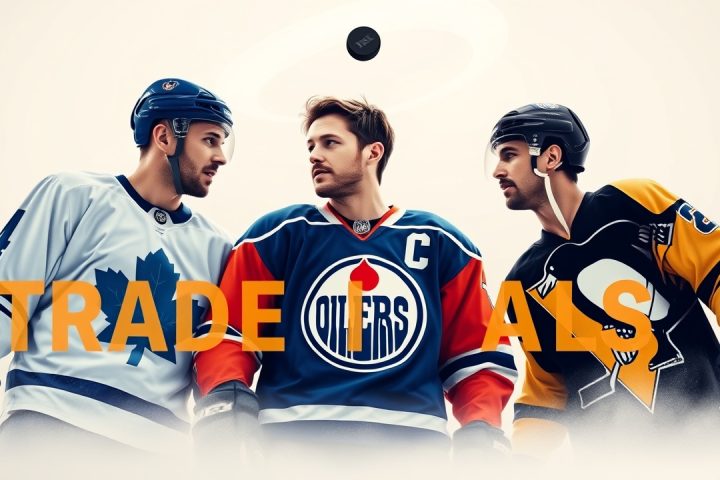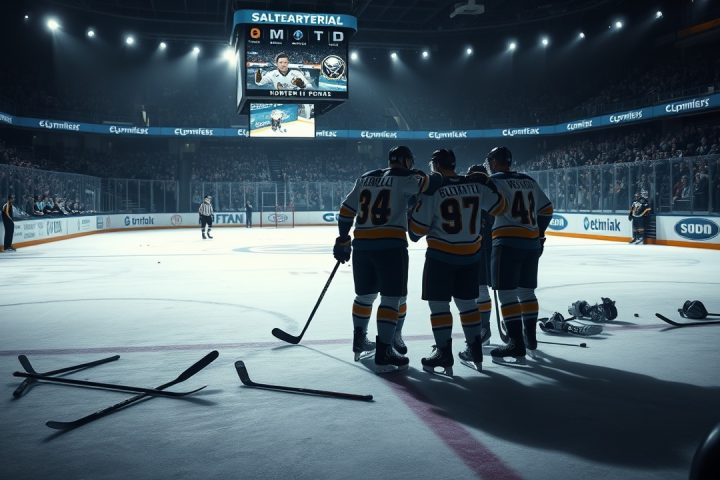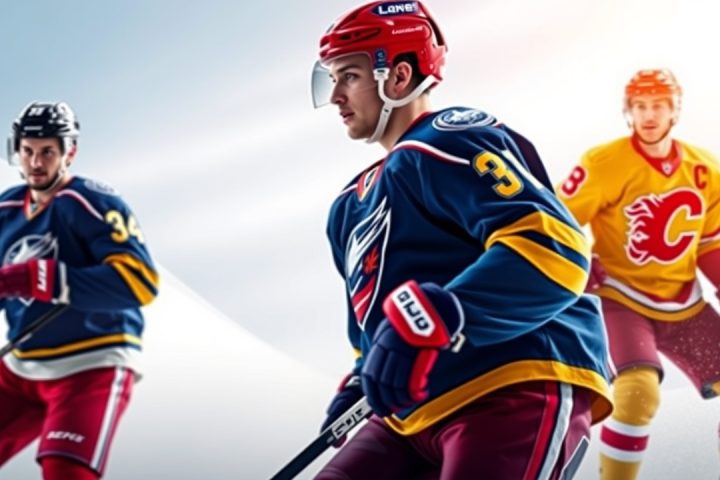Harnessing Virtual Reality in Hockey Training
In a striking example of modern training techniques, Seattle Kraken goaltender Joey Daccord has harnessed the power of virtual reality (VR) to sharpen his skills and maintain focus during games. During a pivotal match against the Carolina Hurricanes last season, Daccord experienced a frustratingly low number of shots faced, leading him to feel more like a spectator than a key player. To combat this, he engaged with VR training to keep his mental game sharp and ready.
Innovative Training Techniques
Before the third period commenced, Daccord donned a Meta Quest headset and entered the NHL Sense Arena, a simulation program he has relied on for years. The Kraken’s locker room transformed into an immersive training space, allowing him to face a flurry of virtual shots aimed at enhancing his reaction and anticipation strategies. This innovative approach proved effective; upon returning to the ice, he successfully blocked 11 shots from the Hurricanes, contributing significantly to the team’s victory.
Growing Trend Among Players
Daccord is part of a growing trend among professional hockey players who are integrating VR into their training regimens. Notable peers like Devin Cooley of the Calgary Flames and Taylor Heise, a star forward in the Premier Hockey Federation, also utilize this cutting-edge technology to refine their cognitive skills and reflexes off the ice. In fact, both USA Hockey and many NCAA Division I programs have begun to adopt Sense Arena’s VR tools into their training routines.
Daccord reflected on the impact of VR on his career, stating, “It’s been instrumental in my career and a factor for why I’m able to play the way that I do at the NHL level. It’s integral in my training and my preparation.”
Past Experiences and Confidence Building
Daccord’s venture into VR isn’t just a recent development. In a past game against the Arizona Coyotes, after experiencing frustration with his glove hand, he took a short break to practice catching virtual pucks. This quick session restored his confidence, allowing him to deliver a solid performance for the remainder of that game.
Milestones in VR Hockey Training
A significant milestone for VR hockey training occurred recently when Sense Arena secured exclusive rights from the NHL and NHLPA to create a virtual platform that features real NHL player likenesses. This partnership aims to connect fans with the sport’s stars in revolutionary ways. As NHLPA Chief Commercial Officer Steve Scebelo stated, this dynamic platform will showcase players’ talents more interactively than ever before.
As users engage with the VR training environment, they can practice against elite shooters like Connor McDavid and Auston Matthews or even face shots from established goalies like Andrei Vasilevskiy. Sense Arena’s technology enables users to dive deeper into the intricacies of the game, providing aspiring players with valuable insights into techniques and scenarios that they wouldn’t typically encounter in conventional training settings.
The Importance of Cognitive Training
Daccord’s journey with off-ice cognitive training began years ago, sparked by a passion for understanding shot releases better. Recognizing that mental training is just as crucial as physical training, he now dedicates part of his game-day preparation to VR drills which engage his mind and enhance his reactions. Each session, he performs cognitive exercises that sharpen his awareness and agility, ensuring he arrives at game time ready to succeed.
Future of VR in Hockey
As the digital landscape of training evolves, it upgrades the experience for younger players who instinctively integrate technology into their development. Former NHL player Andrew Alberts emphasized this shift, highlighting how younger generations are more in tune with new training methods like VR, which allows them to gain insight into important on-ice concepts that enhance their overall hockey IQ.
Having launched their VR hockey experience in 2018, Sense Arena has made significant strides in making this technology accessible not only to professional athletes but also to younger players eager to learn and refine their skills. Daccord believes that as this technology continues to expand, more goalies will leverage its advantages, reinforcing the idea that continuous development is essential in a competitive environment.
“If you want to be a real goalie, this is a resource you can use,” he asserted. “The No. 1 thing in hockey is being able to read a release of a shot. With this, you can practice that endlessly in your own space.”
As VR training becomes more commonplace, it holds the potential to redefine how players of all ages prepare for the game, building a bridge between classic skills and modern technological advancements.




